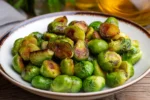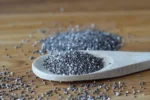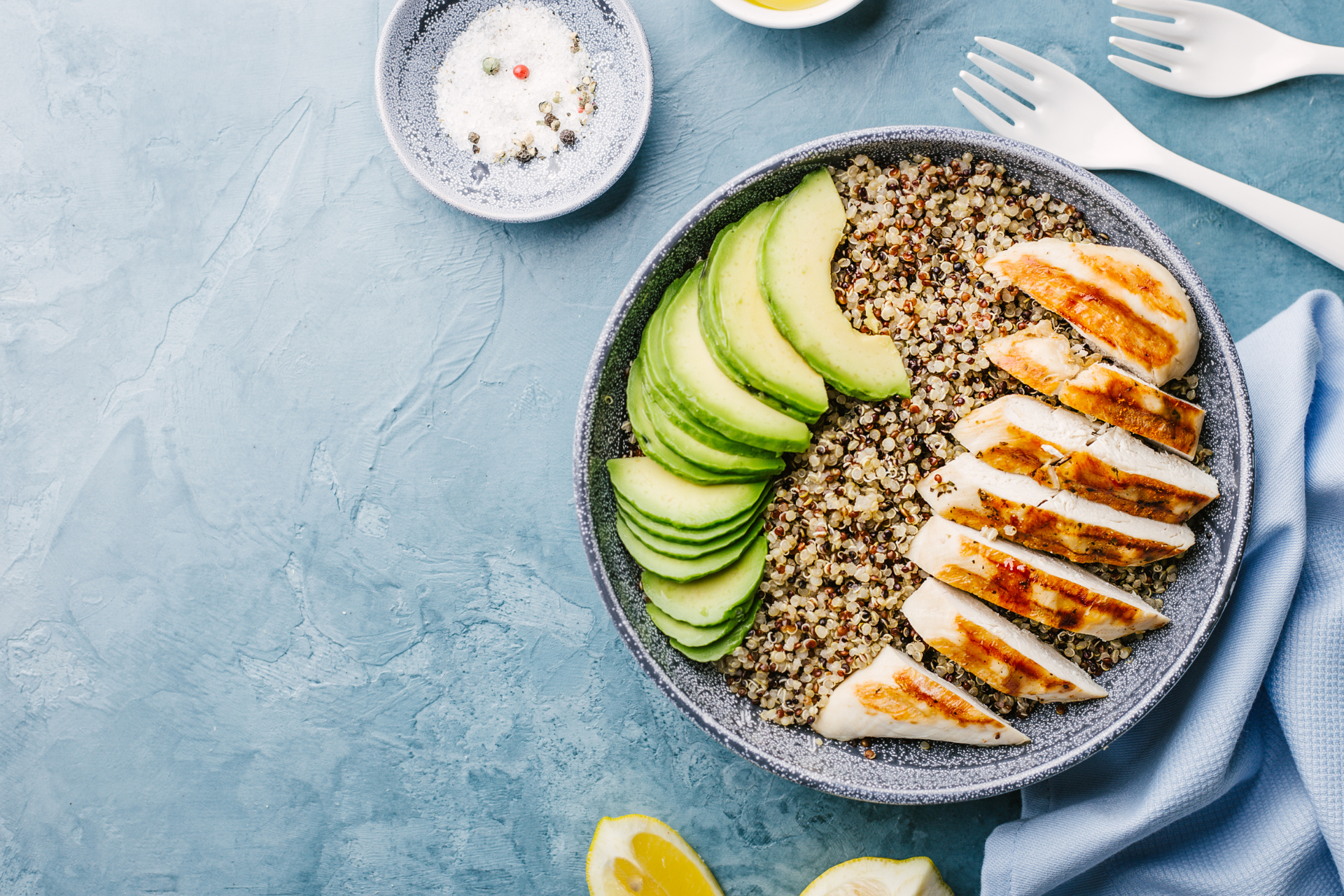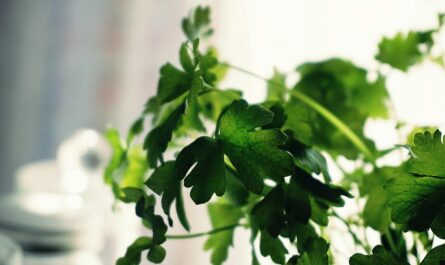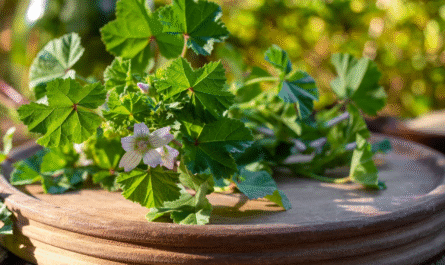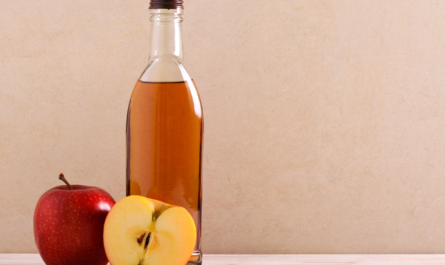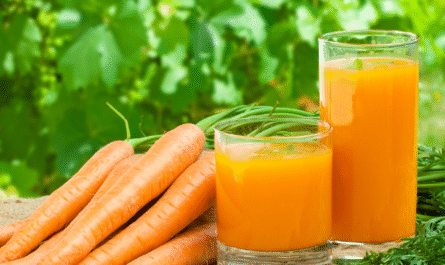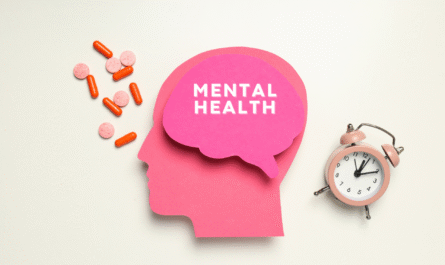Fatty liver disease is one of the most common liver disorders worldwide, affecting nearly 1 in 3 adults. It happens when excess fat builds up in liver cells, impairing liver function and increasing the risk of serious complications like cirrhosis, liver cancer, and type 2 diabetes.
There are two types of fatty liver disease: Alcoholic Fatty Liver Disease (AFLD) and Non-Alcoholic Fatty Liver Disease (NAFLD). The second type, NAFLD, is more common and often tied to poor diet, obesity, insulin resistance, and sedentary lifestyles.
While medications and surgery are options in advanced cases, most people can reverse or manage fatty liver disease naturally, starting with what’s on their plate.
Here are six exper t-recommended foods that support liver health and help reduce fat accumulation in the liver.
1. Fatty Fish (Salmon, Sardines, Mackerel)
Fatty fish are rich in omega-3 fatty acids, particularly EPA and DHA, which have anti-inflammatory properties and support metabolic health. These nutrients have been shown to:
- Reduce liver fat levels
- Lower blood triglycerides
- Improve insulin sensitivity
- Fight systemic inflammation
A 2016 meta-analysis published in PLOS One found that omega-3 supplementation significantly improved liver fat, liver enzyme levels, and cholesterol in NAFLD patients.
How to eat it: Aim for at least 2 servings of fatty fish per week. Bake, grill, or steam them. Avoid deep-fried versions, which add harmful fats.
2. Leafy Greens (Spinach, Kale, Arugula)
Leafy greens are high in fiber, vitamins, and antioxidants. They also contain nitrate and polyphenols, which have been shown to:
- Lower liver fat accumulation
- Improve liver enzyme markers
- Aid weight management
A study in the Journal of Nutrition found that spinach extract reduced fat buildup in the livers of obese participants. The fiber in greens also helps reduce appetite and regulate blood sugar—both key in preventing fat storage.
How to eat it: Add a handful of spinach to smoothies, sauté kale with garlic, or use arugula as a salad base.
Also Read: 20 Best Cardio Exercises for Weight Loss

3. Coffee
Yes, your morning cup of joe can do more than wake you up. Multiple studies show that coffee drinkers have a lower risk of liver disease progression. Coffee contains:
- Caffeine, which may reduce liver fibrosis
- Chlorogenic acid, an antioxidant that lowers inflammation
- Diterpenes, which may help detoxify the liver
A 2021 review in Nutrients found that 2–3 cups per day of black coffee significantly lowered the risk of NAFLD and liver fibrosis.
How to drink it: Stick to black or lightly sweetened coffee. Avoid sugary lattes or high-fat creamers.
4. Nuts (Especially Walnuts and Almonds)
Nuts are packed with healthy fats, antioxidants, and anti-inflammatory compounds. They help:
- Improve liver enzyme levels
- Lower LDL (bad cholesterol)
- Reduce oxidative stress in liver tissue
A 2019 study in Liver International found that higher nut consumption was linked to a lower prevalence of NAFLD.
Walnuts, in particular, are high in omega-3 fatty acids, making them a powerful ally in reducing liver fat.
How to eat them: Eat a small handful (about 1 ounce) of raw or dry-roasted nuts daily. Avoid sugar-coated or heavily salted versions.
5. Oats
Oats are rich in beta-glucans, a type of soluble fiber that helps lower cholesterol, stabilize blood sugar, and support a healthy gut microbiome—all of which play a role in reducing liver fat.
A 2018 study published in Food & Function showed that beta-glucans can improve liver function and reduce inflammation in patients with fatty liver.
Oats are also low on the glycemic index, making them a smart carb choice for people dealing with insulin resistance.
How to eat them: Go for steel-cut or rolled oats. Avoid instant oats with added sugars. Top with cinnamon and nuts for a liver-boosting breakfast.
6. Avocados
Avocados are nutrient-dense and loaded with monounsaturated fats, glutathione (a powerful antioxidant), and fiber. These compounds:
- Reduce liver inflammation
- Improve lipid profiles
- Help the body detoxify
- Aid weight loss by promoting satiety
A study published in the Journal of Clinical Nutrition showed that people who regularly eat avocados have better metabolic markers and lower rates of metabolic syndrome.
How to eat them: Add sliced avocado to salads, use it as a toast spread, or blend it into smoothies for creaminess without dairy.
Foods to Avoid with Fatty Liver Disease
Just as certain foods help heal the liver, others make the condition worse. Experts strongly advise limiting or eliminating:
- Added sugars (especially fructose)
- Refined carbs (white bread, pastries, pasta)
- Alcohol (even small amounts)
- Processed meats
- Saturated and trans fats (found in fried foods, margarine, fast food)
How These Foods Help Your Liver Heal
Fatty liver disease isn’t just about fat in the liver, it’s a sign of metabolic dysfunction, inflammation, and insulin resistance. The foods on this list are effective because they:
- Reduce inflammation
- Improve insulin sensitivity
- Help with weight loss
- Protect liver cells from damage
- Boost antioxidant levels
Consistently incorporating these foods can reduce liver enzymes like ALT and AST, shrink liver fat, and even reverse early-stage NAFLD.
Expert Tips for Maximizing Results
1. Portion control matters – Healthy foods can still cause weight gain if you eat too much. Watch serving sizes.
2. Cook smart – Avoid frying. Opt for baking, steaming, roasting, or sautéing in olive oil.
3. Stay hydrated – The liver needs water to detox. Aim for at least 8 cups a day.
4. Be consistent – You don’t need a “liver detox cleanse.” Real results come from daily, sustainable habits.
5. Pair food changes with exercise – Just 30 minutes a day of brisk walking can amplify the benefits.
Final Thoughts
Fatty liver disease can be silent but serious. The good news? It’s often reversible with the right lifestyle changes, starting with what you eat.
These six foods aren’t magical cures, but they’re science-backed choices that reduce fat in the liver, improve metabolic health, and protect against future liver damage.
You don’t need to overhaul your diet overnight. Start by adding a few of these foods into your routine. Then gradually cut back on the processed stuff. Over time, small choices stack up into big wins for your liver—and your overall health.
FAQs
Can fatty liver be reversed completely?
Yes, early-stage fatty liver disease (especially NAFLD) can often be reversed with diet, exercise, weight loss, and eliminating alcohol and added sugars.
How fast can I reduce liver fat by changing my diet?
Some studies show liver fat can begin to decline in as little as 4–6 weeks with consistent changes, especially when combined with weight loss.
Is olive oil good for fatty liver?
Yes. Olive oil is rich in monounsaturated fats and antioxidants that reduce inflammation and support liver function.
Can I still eat meat with fatty liver?
Yes, but choose lean meats like chicken, turkey, or fish. Avoid red meat and processed meats, which can worsen liver fat and inflammation.
What’s the best breakfast for someone with fatty liver?
A bowl of steel-cut oats topped with walnuts and blueberries, paired with black coffee, is a liver-friendly breakfast that stabilizes blood sugar and provides antioxidants.



